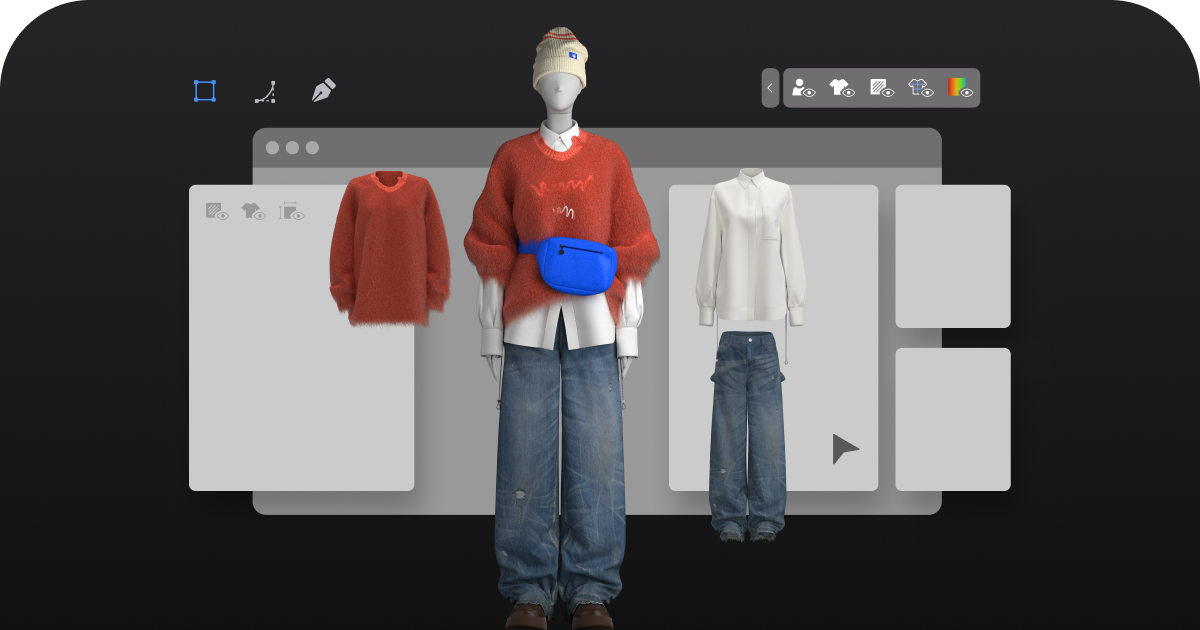
# Fashion Design Software for Creative Professionals
## The Evolution of Fashion Design Tools
Fashion design software has revolutionized the way creative professionals bring their visions to life. Gone are the days when designers relied solely on paper sketches and physical prototypes. Today’s digital tools offer unprecedented precision, efficiency, and creative freedom.
Modern fashion design software combines intuitive interfaces with powerful features that cater to every stage of the design process – from initial concept to final production. These tools have become essential for designers working in fast-paced industries where speed and accuracy are paramount.
## Key Features of Professional Fashion Design Software
1. Digital Pattern Making
Advanced software solutions provide precise pattern-making capabilities that eliminate manual measurement errors. These tools allow designers to create, modify, and grade patterns digitally, saving countless hours compared to traditional methods.
2. 3D Garment Visualization
Cutting-edge programs now offer realistic 3D rendering that shows how fabrics will drape and move on virtual models. This technology enables designers to evaluate their creations before producing physical samples.
3. Fabric Simulation
Sophisticated algorithms simulate different fabric behaviors, helping designers understand how materials will interact with body shapes and movement patterns.
4. Color and Texture Libraries
Extensive digital libraries provide instant access to thousands of colors, prints, and textures, allowing for rapid experimentation with different design elements.
## Popular Fashion Design Software Options
Industry-Standard Solutions
Several software packages have become industry favorites among professional fashion designers:
- CLO 3D – Known for its exceptional 3D garment simulation capabilities
- Browzwear – Offers comprehensive solutions for pattern making and 3D visualization
- Optitex – Provides end-to-end digital fashion design workflow
- Adobe Illustrator – Remains popular for technical drawings and flat sketches
## Benefits of Using Digital Design Tools
Why Modern Designers Embrace Technology
The advantages of fashion design software extend far beyond simple convenience:
Increased Efficiency: Digital tools dramatically reduce the time required to develop and refine designs.
Cost Reduction: Virtual prototyping minimizes material waste and sample production costs.
Enhanced Collaboration: Cloud-based solutions enable seamless teamwork across global locations.
Sustainability: Digital workflows support eco-friendly practices by reducing physical waste.
## Choosing the Right Software for Your Needs
Factors to Consider
When selecting fashion design software, professionals should evaluate:
- Specific design requirements (apparel, accessories, footwear, etc.)
- Integration with existing production workflows
- Learning curve and available training resources
- Budget constraints and licensing options
- Hardware compatibility and system requirements
The ideal software solution should align with both current needs and future growth plans, offering scalability as a designer’s career progresses.
Keyword: fashion designing software
## The Future of Fashion Design Technology
Emerging Trends
The fashion design software landscape continues to evolve with exciting developments:
AI-Assisted Design: Machine learning algorithms that suggest design improvements and generate pattern variations.
Virtual Reality Integration: Immersive design environments where creators can interact with their garments in 3D space.
Blockchain for IP Protection: Digital authentication of original designs to prevent counterfeiting